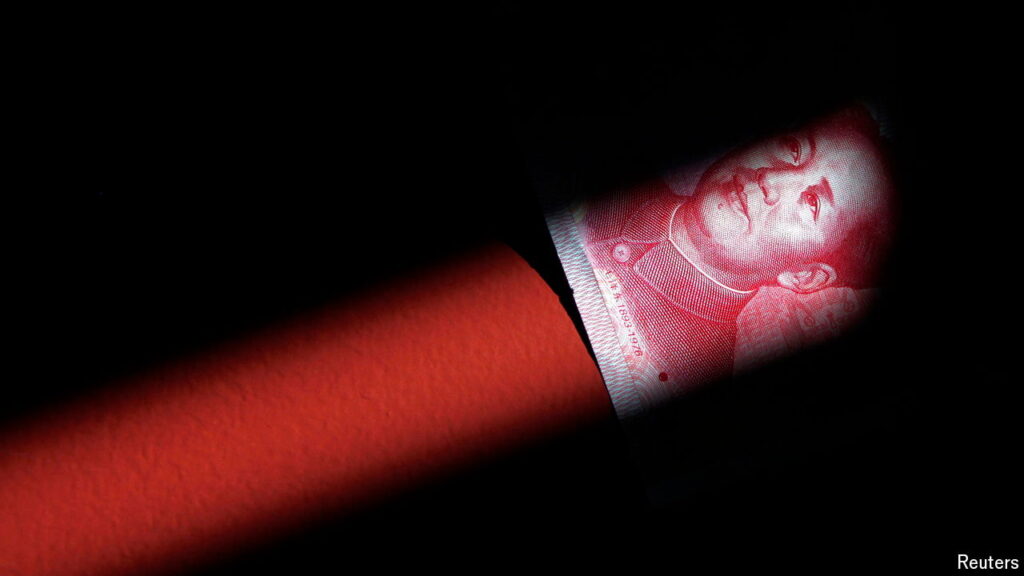Chinese officials are expressing satisfaction at the recent progress of the yuan as a global currency. In a statement made by Pan Gongsheng, the governor of China’s central bank, in March, he highlighted the accelerating diversification of the international monetary system. Gongsheng noted that the yuan has now become the fourth-most active currency in global payments and ranks third in trade finance. Additionally, data from the central bank indicates that approximately half of China’s transactions with the rest of the world, including financial assets and goods, are now settled in yuan.
Despite these advancements, the global position of the yuan still appears modest when compared to previous expectations. Following the financial crisis of 2007-09, there were high hopes for the yuan to play a larger role on the global stage. In 2008, Fred Hu, a former Goldman Sachs executive, projected that the yuan would represent 15-20% of foreign-exchange reserves by 2020. Furthermore, in a more imaginative prediction, the novel “Super Sad True Love Story” by Gary Shteyngart, which was published in 2010, depicted a future where a struggling America had tied its ailing dollar to the dominant yuan.
The historical context surrounding the yuan’s rise as a global currency sheds light on the complexities and challenges that lie ahead in its quest for greater prominence in the international financial system. As Chinese officials continue to navigate these complexities, the global community watches with interest to see how the yuan’s journey as a global currency unfolds.
